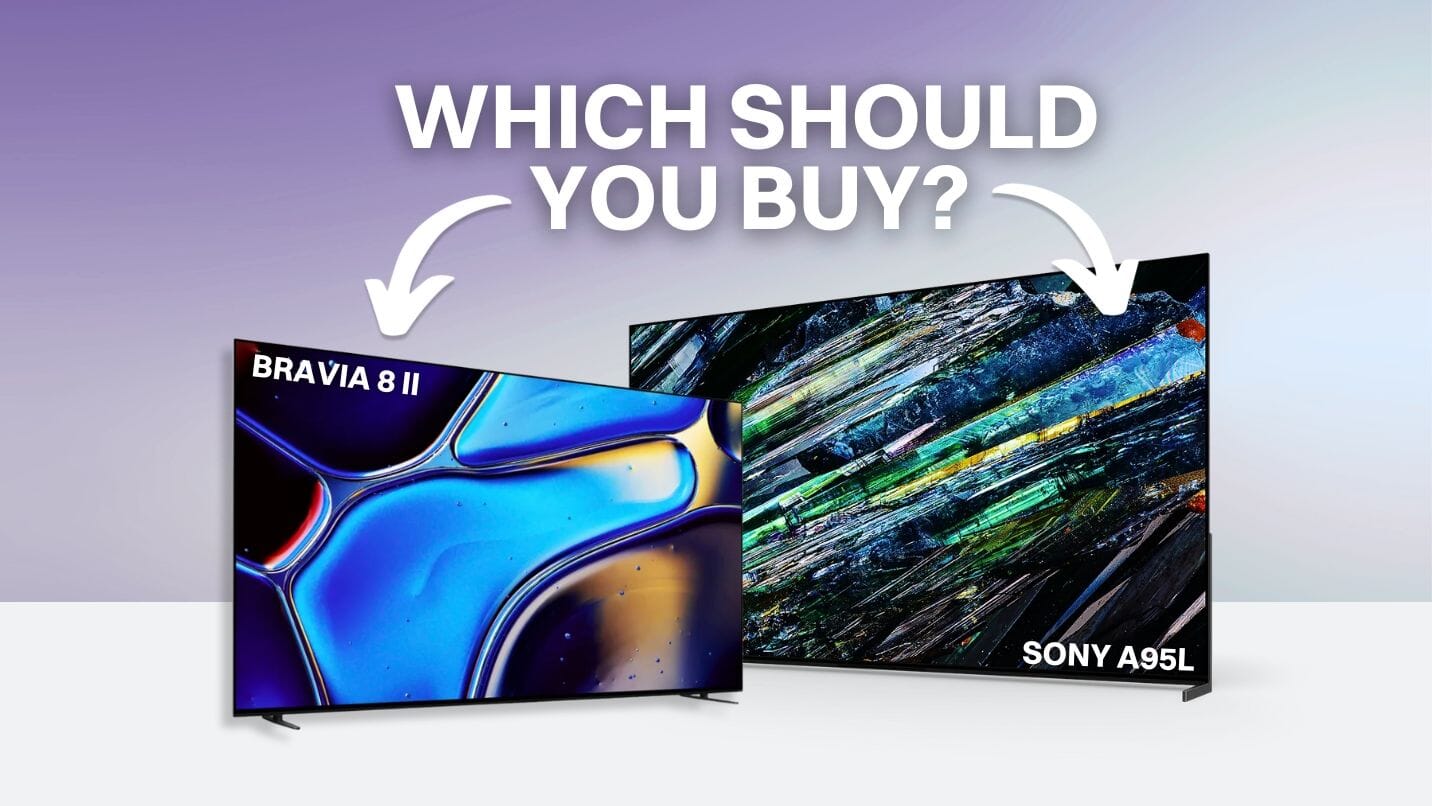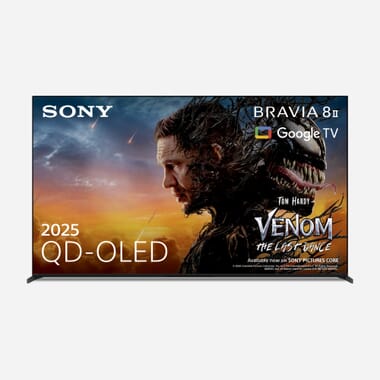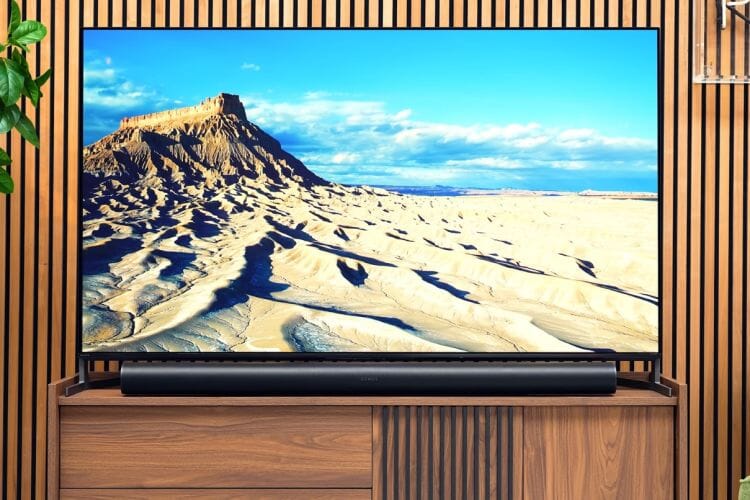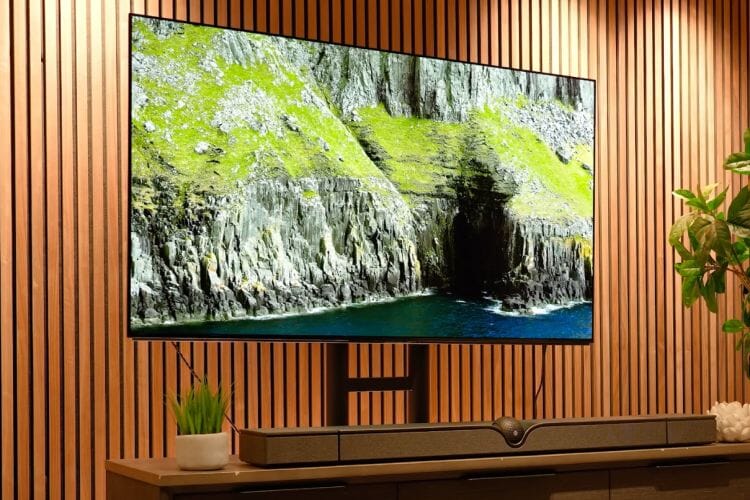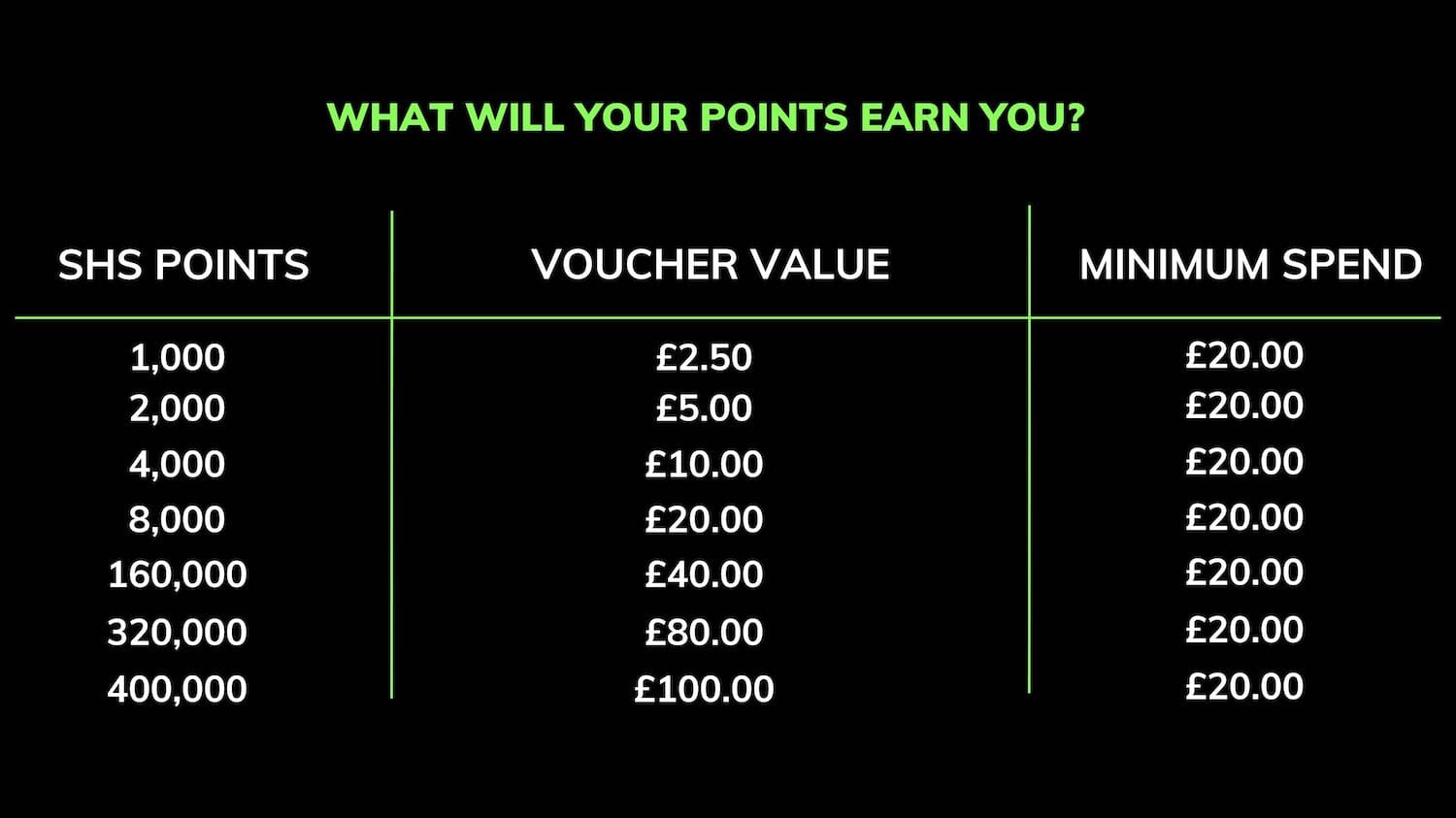Sony Bravia 8 II vs Sony A95L: Side-by-Side OLED Comparison
When Sony launched the A95L in 2023, it quickly became the OLED to beat. Packed with the latest QD-OLED panel technology, it earned its spot as one of the best OLED TVs on the market. But here we are in 2025, and its replacement has arrived: the Sony Bravia 8 II.
On paper, it looks like a clear upgrade. Brighter panel, smarter processing, and a more tempting launch price. But with the A95L now heavily discounted, it’s not such an easy choice.
We’ve tested both models in our studio and showroom to find out exactly where they differ, how they perform, and most importantly, who each one is best for. If you're weighing up which one to buy this year, here’s everything you need to know.
Sony Bravia 8 II vs. Sony A95L: SHS 60-Second Summary
Sony A95L Available Sizes: 55-, 65- & 77-inch (See Latest Price) |
| Sony A95L Pros: ✓ Picture quality still holds up well ✓ Impressive motion handling ✓ Available in 77" size ✓ Now heavily discounted in 2025 Sony A95L Cons: ✖ Not as bright as Bravia 8 II ✖ No AI Scene Recognition ✖ Only two HDMI 2.1 ports |
Sony Bravia 8 II Available Sizes: 55- & 65-inch (See Latest Price) |
| Sony Bravia 8 II Pros: ✓ 25% brighter than A95L ✓ Exceptionally accurate colours ✓ More competitive launch price ✓ Improved anti-reflective design and stand versatility Sony Bravia 8 II Cons: ✖ No 77" model (yet) ✖ Still limited to two HDMI 2.1 ports |
Read More: Sony A95L Review | Sony Bravia 8 II Review
Sony Bravia 8 II vs. Sony A95L: What's Actually Changed?

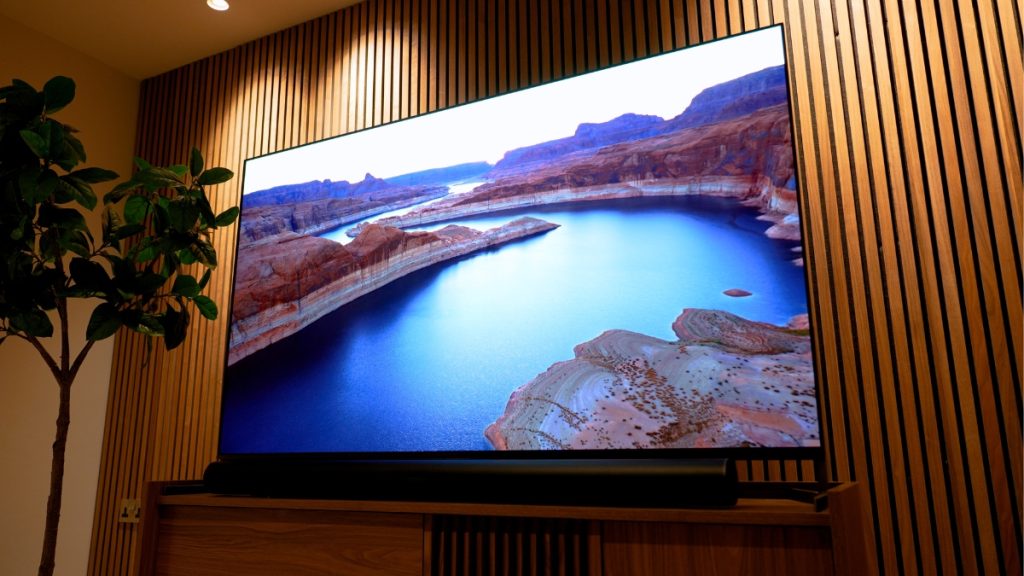
The big story here is the panel. The Bravia 8 II uses the latest generation of QD-OLED technology (the same that's found in the Samsung S95F), promising a noticeable boost in peak brightness over the A95L. Sony claims a 25% increase, but more on that later.
Sony’s picture processing also gets a small but meaningful update. Both TVs use Sony's XR Processor, but the Bravia 8 II introduces AI Scene Recognition, which adjusts tone and contrast dynamically based on what’s on screen.
One thing you won’t find, at least for now, is a 77-inch model. Unlike the A95L, which came in three sizes, the Bravia 8 II is currently limited to 55 and 65 inches.
Taken together, these changes don’t completely redefine Sony’s OLED experience, but they do fine-tune what was already a winning formula. If the A95L was an accomplished award-winner, the Bravia 8 II comes across as a smarter, more streamlined follow-up built with 2025 in mind.
Read More: Sony 2025 TV Lineup: Bravia 3, Bravia 5, Bravia 8 II & More
Sony Bravia 8 II vs. Sony A95L: Price & Availability
When it comes to pricing, Sony surprised many this year, by launching the Bravia 8 II at a lower price point than the A95L carried at launch. While that makes the 8 II sound like the more affordable flagship, the reality is, in 2025 the A95L often comes in cheaper thanks to heavy discounts.
Here’s how the launch pricing compared:
| Size | Sony Bravia 8 II | Sony A95L |
|---|---|---|
| 55-inch | £2499 / $3500 / AU$3299 | £2999 / $2800 / AU$5295 |
| 65-inch | £2999 / $4000 / AU$3999 | £3699 / $3500 / AU$5995 |
| 77-inch | Not Available in this Size | £5999 / $5000 / AU$9495 |
At the time of writing, the A95L is the cheaper model with prices for the 65-inch version dropping as low as £1800, depending on availability. That’s a significant saving, assuming you can still find stock. The Bravia 8 II, being newer, holds closer to its RRP for now, but we’d expect those prices to drop as the year progresses.
So if you’re chasing a deal and spot an A95L on offer, by all means, go for it. But if you want the latest tech, with no worries about availability, the Bravia 8 II is the safer (if slightly more expensive) bet.
Sony Bravia 8 II vs. Sony A95L: Design

At first glance, these two TVs look almost identical, and that’s because, structurally, they are. Sony has essentially reused the A95L’s chassis for the Bravia 8 II, likely to keep costs down, and that’s no bad thing.
We were big fans of the A95L's design, and the Bravia 8 II follows suit with slim bezels and a premium finish. At 34mm deep, it’s a little chunkier than most modern OLEDs, but that extra depth serves a purpose. It houses Sony’s actuator-based sound system and a custom heatsink for thermal management.
The stand setup remains largely unchanged, with minimalist, height-adjustable feet positioned at either end of the panel. You’ll need a fairly wide TV cabinet to accommodate it, but the overall design is clean and considered.
The only noticeable change comes with the remote. The Bravia 8 II includes a smaller version that goes without the rechargeable battery and backlight. It’s not a dealbreaker, but it does feel like a slight step back, especially if you watch a lot of content in darker rooms.
Sony Bravia 8 II vs. Sony A95L: Features
Feature-wise, both TVs run Google TV and support the key formats you’d expect like Dolby Vision, Dolby Atmos, IMAX Enhanced, HDR10 and HLG.
The Bravia 8 II adds a bit more functionality with AI Scene Recognition and wider support for calibrated picture modes, including Netflix Calibrated Mode and Sony Pictures Core. HDR10+ is still absent though, but for most households, that’s unlikely to cause issues.
Sony Bravia 8 II vs Sony A95L: Picture Quality


We’ve tested the Bravia 8 II and the A95L side by side in both our studio and bright showroom space, and while they both share a lot of strengths, there are a few subtle differences that help the Bravia 8 II edge ahead in our opinion.
Here's a quick breakdown of what we thought of each model when we reviewed them:
| Sony Bravia 8 II | Sony A95L |
|---|---|
| Strengths: ✅ Requires next-to-no fine-tuning ✅ Natural, cinematic colour ✅ Great shadow detail and motion ✅ Excellent Panel uniformity ✅ Class-leading upscaling performance | Strengths: ✅ Impressively bright for an older OLED ✅ Signature Sony colour tuning ✅ Rich contrast and sharp detail ✅ Still one of the most cinematic OLEDs around in 2025 |
| Weaknesses: ❌ SDR can look a little flat in brighter spaces ❌ Not as bright as LG G5 or Samsung S95F | Weaknesses: ❌ Lower peak brightness compared to newer OLEDs ❌ No AI Scene Recognition |
Let’s start with brightness. The 8 II uses Sony’s latest generation QD-OLED panel, and the difference is noticeable in HDR content. It’s not a drastic jump, but it adds a touch more impact where it matters. That extra brightness also helps give images a bit more perceived depth in certain scenes, especially when watching in darker conditions.
Both TVs offer Sony’s signature cinematic tone, colour accuracy is excellent, skin tones are natural, and motion is smooth. But the Bravia 8 II adds another layer with the addition of AI Scene Recognition.
This new processing engine adjusts tone, contrast, and brightness in real time based on what's happening on screen. We were sceptical at first, but having spent some time with it, we found it helps maintain consistency across scene transitions and preserves shadow detail better in complex lighting setups.
The A95L still holds its ground really well. Watching the same content on both TVs, you’d struggle to tell them apart at a glance. The older model still delivers that inky black depth and detailed highlights that made it one of the best OLEDs in its class. Where it starts to show its age slightly is in very bright rooms, where the Bravia 8 II does a better job of cutting through glare thanks to its improved anti-reflective coating.
Motion performance is excellent across the board. In fast-paced content, the two TVs track movement cleanly, and neither suffers from any over-processing.
If we had to pick a winner, the Bravia 8 II takes it, but not by a huge margin. It builds on what made the A95L so good and just refines things a little further. The improved brightness, smarter tone mapping, and more capable real-time processing give it the edge, but unless you’re comparing them directly, the A95L still feels like a top-tier OLED.
Sony Bravia 8 II vs Sony A95L: Sound Performance
As far as sound performance goes, both the Bravia 8 II and A95L are near identical. Both use Sony’s Acoustic Surface Audio+, and the results are impressively similar.
In our testing, both TVs delivered a clear, spacious soundstage with decent separation and clarity. Our only criticism would be they're a little light in the bass department.
Ultimately, if sound matters, we’d still recommend pairing either with a soundbar or home cinema system, but for built-in speakers, both punch above their weight.
Sony Bravia 8 II vs Sony A95L: Gaming

From a gaming perspective, the Bravia 8 II and A95L are pretty evenly matched too. Both offer 4K at 120Hz, support for VRR and ALLM, and include Sony’s ‘Perfect for PS5’ features like Auto HDR Tone Mapping and Auto Genre Picture Mode. You’ll also get Dolby Vision support for games.
The only downside is that both sets stick with just two HDMI 2.1 ports, which feels a little limited when other brands like LG and Samsung typically offer four at this level.
Our Verdict: Which One Should You Buy?


The A95L set the bar high when it launched in 2023. It was one of the best OLEDs we’d tested, so we weren’t expecting Sony to reinvent the wheel with its successor — and to be fair, they haven’t.
What they have done with the Bravia 8 II is refine an already excellent formula. It’s a little brighter, a little smarter, and handles trickier lighting conditions more confidently thanks to its improved anti-reflective design and AI Scene Recognition.
That said, the A95L still holds up impressively well. It delivers premium picture quality, smooth motion, and cinematic tone all at a significantly lower price now that it’s being phased out - and for many eager TV buyers, that saving will be hard to ignore.
Overall, both TVs are standout performers. If your budget can stretch and you want the latest in OLED tech, the Bravia 8 II is the one to go for. But if you're happy to trade a few of those newer touches for a great deal on a proven flagship, the A95L is still an excellent buy in 2025 if you can get your hands on one.
Other Useful Content
Blog: TV Buying Guide Everything You Need To Know
Blog: Sony Bravia 9 Review: The Right Choice in 2025?
Video: TV Panel Type Buying Guide: OLED vs QLED vs QNED vs Micro LED vs Mini LED & More
For more information about Sony TVs or any other TV products, get in touch and one of our Tech Guides would be happy to help!
| info@smarthomesounds.co.uk | |
| Live Chat on our Website | |
| 0800 677 1100 |
Why buy from Smart Home Sounds? We offer Lowest Price Guarantee, Free Next Day Delivery* and 0% Finance Available. Looking for more personal advice? Contact our team of experts today. Shop TV



